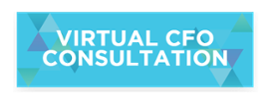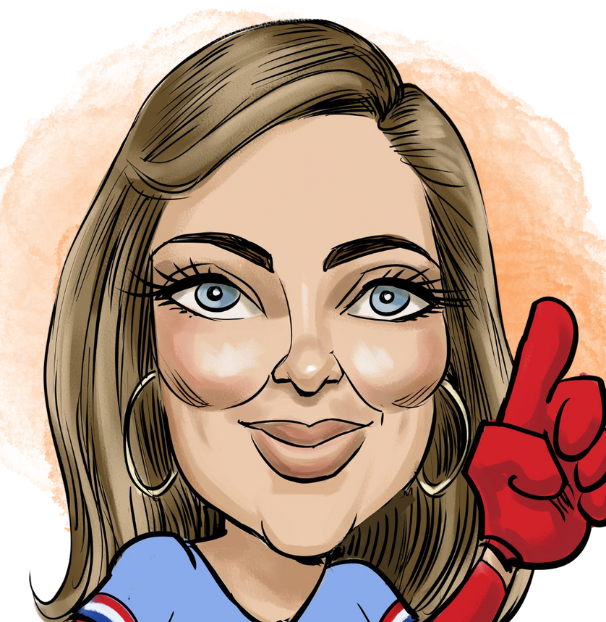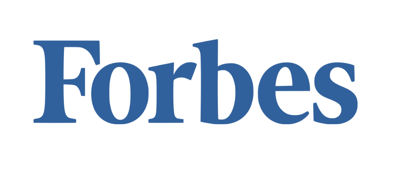Like many small businesses, agencies are cyclical. Nobody knows this better than Tom Conlon, Founder and CEO of North Street Creative, a branding and design agency serving a variety of businesses going through moments of business change.
“Fourteen years in, I’m able to have seen a few cycles,” says Tom. “I’ve been around long enough to see moments where it seems like companies are bringing all of their creative and marketing inhouse. Then, I've seen the other side where they're getting rid of everybody, and they want to leverage contractors or partners.” Tom has also seen cycles in his own agency where he’s needed to staff up with full-time employees, hire additional contractors and freelancers, or grappled with the loss of clients for one reason or another.
During these downtimes, Tom has learned that you need to learn how to fly the airplane while taking off parts of the plane–leaning out your business to survive for the long term. But there’s a bit of a science in doing that properly.
Here’s his best advice for navigating business during downturns:
Plan for Adjustments
With the cyclical nature of digital agencies, it’s important to scenario plan. That way, your agency can adjust without letting emotion cloud judgement. Emotions tend to lead to two styles of decision-making: hasty or procrastinated.
Planning ahead will allow you to have contingency plans in place and avoid anxiety or waffling. The first step to scenario planning? Having a solid forecast. A dynamic forecast gives business owners a solid understanding of current and future projected cash position.
Once you have a forecast, you can manipulate it based on potential and likely scenarios. When working with entrepreneurs and business owners, we like to plan for worst, neutral, and best-case scenarios. For example, if a recession is projected to occur in 6 months, you may be concerned about late payments from clients. You can utilize your forecast to emulate what will happen to cash flow if your AR turn goes from 15 days to 30 days on average. Or, if you’re worried about losing a large client, you could remove that client from your projected forecast and see what that does to your metrics.
Then, you can make plans to cut expenses, reduce contractor work, bring a few tasks inhouse, or even identify which employees you’d be forced to let go if the worst came to pass. We also recommend clients review their forecasts once a month to keep perspective on your numbers and make adjustments where necessary.
As Tom discovered, scenario planning can help you develop a plan to flex back on certain contractor work in order to avoid laying off employees.
Entrust in This Financial Dynamic Duo: Cash Reserve + Line of Credit
The next line of defense that Tom recommends is a solid cash reserve and line of credit. A cash reserve of 10-30% of annual revenue can provide your business with a way to cover operational costs including employee wages, software, rent, etc. if the worst-case scenario does happen.
A line of credit can also provide a fallback if you don’t have enough in your cash reserve or you’re unable to tap it. Often, having a line of credit equal to your cash reserve is advisable. While not every bank will approve you for the exact amount you ask for, having a solid banking relationship—whether with a local or national bank—will make this more likely. Bankers are more inclined to work with you if there is a well-established and trustworthy relationship already in place.
The larger your cash reserve and line of credit, the longer runway your business has during times of uncertainty.
Business System + Finance
Beyond having contingency plans in place, business systems -- such as EOS and Pinnacle -- can help make decisions easier and less gut wrenching.
“Why do you get creative about how to run a business? There's the nuts and bolts of financial health and responsibility, and why get creative with that? That should be built into a template," Tom says.
Ultimately, EOS helped Tom redefine his business especially when it came to meeting structures and management systems. Rather than just talking about business goals or difficulties and pushing discussions to further meetings, he was able to implement a system where clear tasks were identified based on goals by the end of each meeting. Each of these tasks had a clear assignee or group of assignees. The combination of these strategies helped move his business forward.
Tom stresses the importance of breaking down large goals into bite sized pieces that your team can work through on a weekly basis. Start with annual goals, break them down into quarterly goals, and then it’s much easier to define weekly initiatives.
Our Virtual CFO team recommends this strategy, but we also encourage our clients to align this with your financial strategy. How do we help our clients do this? It goes back to your forecast again. Just like scenario planning can be used to create contingency plans during downtimes, it can also help you align business goals with financial plans to make those goals possible.
For example, do you need to hire a new employee? You can calculate how much work is necessary to make that hire financially feasible (and earn profit on top of the cost of your new employee).
Beyond just getting your business through times of trouble, these business strategies are essential to go from “working in your business” to “working on your business”. Once Tom was freed up from focusing on building his cash reserve and paying off loans essentially “putting pieces back on his airplane,” he focused on building a thriving agency culture.
If you’d like to learn how dynamic forecasting could help your business plan for success and survive downturns, schedule a free virtual CFO consultation below.
.png?width=120&height=77&name=Summit-Virtual-CFO_color_rgb%20(1).png)














